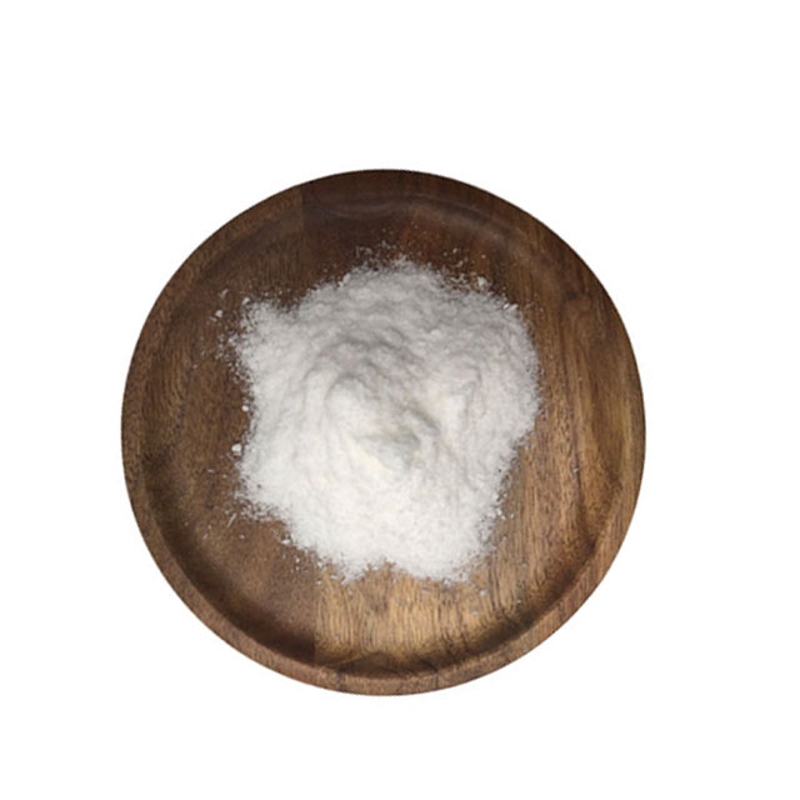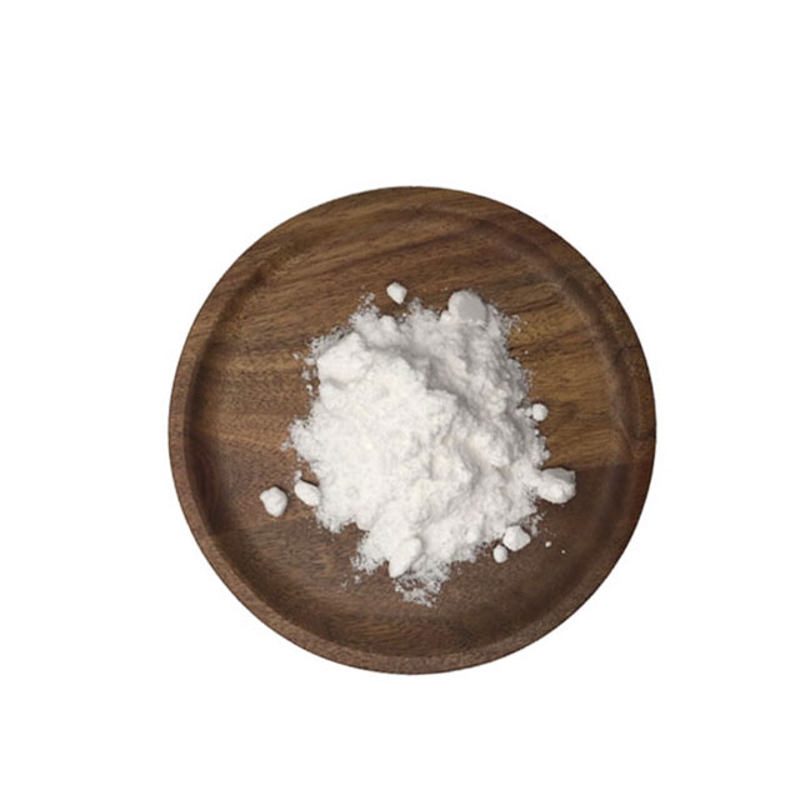Special interview of Biovalley - Ye Mingliang, Key Laboratory of separation and analytical chemistry, Chinese Academy of Sciences
-
Last Update: 2018-10-09
-
Source: Internet
-
Author: User
Search more information of high quality chemicals, good prices and reliable suppliers, visit
www.echemi.com
Editor's note: protein modification is usually to increase certain functional groups into proteins The results of modification play an important role in regulating the active state, folding, stability, spatial conformation and ligand binding of proteins Common post-translational modifications of proteins include phosphorylation, acetylation, ubiquitination, glycosylation and methylation, which make the structure of proteins more complex and diverse, genetic regulation more precise and precise, function more perfect and function more specific In addition, the optimization of the pharmacokinetic properties and the improvement of the efficacy of therapeutic proteins can also be achieved by various chemical modifications Protein modification plays an important role in fine regulation of physiological activities However, many known protein modification forms, together with a large number of unknown modification forms, interact, influence and change dynamically in the multi-level cross regulation signal pathway of cells, which increases the complexity of protein modification itself The difficulty of protein modification in characterization and analysis has also brought great challenges to the research and development of related biopharmaceuticals On October 26-27, Biovalley had the honor to invite researcher Ye Guangming from the Key Laboratory of separation and analytical chemistry of the Chinese Academy of Sciences to share his latest research results at the 2018 (third) protein modification and disease seminar, entitled "Research on new technology and new method of large-scale analysis of protein post translation modification" Welcome to listen to the report The following is an exclusive interview by Professor Ye! Bio Valley: protein modification is closely related to life activities and various human diseases Protein can achieve a variety of specific physiological regulation functions through molecular modification Professor Ye would like to know if there has been a reorientation of the importance of protein modification in the scientific community in recent years, or what new understanding progress has been made? Post-translational modification of proteins is the regulatory switch of protein activity, which plays an important regulatory role in life activities, and has been the focus of scientific research There are more than 300 post-translational modifications of proteins, which are highly spatiotemporal and dynamic There are still many technical bottlenecks to be solved The scientific community has gradually realized that it is very difficult for a single soldier to overcome these difficulties by relying on one discipline alone In order to cope with the scientific development trend and research challenges, the Ministry of chemical science of NSFC, together with the departments of life science and medicine, launched the major research plan of "dynamic modification and chemical intervention of biological macromolecules" in 2018, in order to seize the international commanding point and accelerate the development of China in this field This major research project will give full play to the characteristics of chemistry, life science and medicine as well as the advantages of interdisciplinary disciplines, and provide new tools and models with chemical characteristics for the study of dynamic modification mechanism of biological macromolecules, especially proteins Biovalley: from the perspective of research technology, what are the main problems and lack of technology for in-depth understanding and research of protein modification? There are many kinds of post-translational modifications of proteins A protein can have many kinds of modifications at the same time, and there are often close interactions between various modifications The existing proteomic analysis methods are basically for a certain modification, such as protein phosphorylation, acetylation, glycosylation and so on Therefore, it is difficult to reveal the interaction between various modifications So I think there is a lack of systematic analysis of protein modification state at the level of histochemistry in the in-depth understanding and research of protein modification Biovale: for the detection of post-translational modification of low abundance proteins, conventional detection methods are prone to the problems of low sensitivity and poor repeatability How does the protein modification analysis technology developed by Professor Ye specifically solve this problem? In proteomic analysis, the protein should be hydrolyzed into peptide first, which greatly increases the complexity of the sample Low abundance translational modified peptides coexist with a large number of non modified and high abundance modified peptides Under the interference of so many backgrounds, it is necessary to enrich the specificity of low abundance modified peptide segments for high sensitivity analysis of post translation modification of low abundance proteins Based on the principle of specific strong interaction between zirconium / titanium phosphate and phosphopeptide, our group developed a new generation of immobilized metal ion affinity chromatography (IMAC) material with phosphate group as chelating ligand, which significantly improved the sensitivity of phosphoproteomic analysis As early as 2006, we first reported that Zr4 + can selectively enrich phosphopeptides after being chelated on phosphate modified silicon wafer In 2007, we found that Ti4 + chelated on phosphate modified solid-phase microspheres (Ti4 + - IMAC) has better performance In 2009, Ti4 + - IMAC monodisperse microspheres were developed In 2013, the enrichment process based on the microspheres was standardized with Professor heck of the Netherlands proteomics center and published on nature protocol In order to facilitate the enrichment in SPE mode, we have recently synthesized large particles of Ti4 + - IMAC with enrichment specificity of more than 98% Ti4 + - IMAC is a technology first proposed by Chinese scientists and has independent intellectual property rights It has become one of the main technologies for phosphorylated peptide enrichment in the world Zou Hanfa, a famous analytical chemist and former project leader, led us to do a lot of work in this field and made great contributions In order to further promote the application, we have initially selected a company for global sales Recently, we have made a breakthrough in the analysis of tyrosine phosphorylation The abundance of tyrosine phosphorylation is 2-3 orders of magnitude lower than that of serine / threonine At present, antibody enrichment is mainly used Its disadvantages are low specificity, poor reproducibility and high cost Recently, we cooperated with Professor Li Shuncheng of the University of Western Ontario, Canada, to establish a SH2 domain based enrichment method, which has lower cost and higher efficiency than antibody This technology has significantly improved the research level of tyrosine phosphorylation proteome, and identified 10030 highly reliable and specific tyrosine phosphorylation sites from 9 cell line samples, making the research of tyrosine phosphorylation proteome reach an unprecedented breadth and depth I think the development of post-translational modification analysis of low abundance proteins often depends on the establishment of innovative methods Biovalley: can you tell us a little bit about the potential application value of the protein post-translational modification analysis technology you developed in disease diagnosis and drug development in the future? The abnormality of protein modification often leads to the abnormality of protein activity or function, which leads to diseases The disease state may also lead to changes in the activity of some modifying enzymes, which may lead to changes in post-translational modification of some proteins Therefore, it plays an important role in the diagnosis and treatment of diseases and drug development Details of the meeting: time: October 26-27, 2018 location: academic activity center of the Chinese Academy of Sciences, Shanghai (the Cape of Good Hope Hotel, No 500 Zhaojiabang Road, Xuhui District, Shanghai) schedule: click below to read the original text, and register to read the original text immediately: (http://count.medsci.cn/link/redirect/432c946269e2a21d)
This article is an English version of an article which is originally in the Chinese language on echemi.com and is provided for information purposes only.
This website makes no representation or warranty of any kind, either expressed or implied, as to the accuracy, completeness ownership or reliability of
the article or any translations thereof. If you have any concerns or complaints relating to the article, please send an email, providing a detailed
description of the concern or complaint, to
service@echemi.com. A staff member will contact you within 5 working days. Once verified, infringing content
will be removed immediately.







